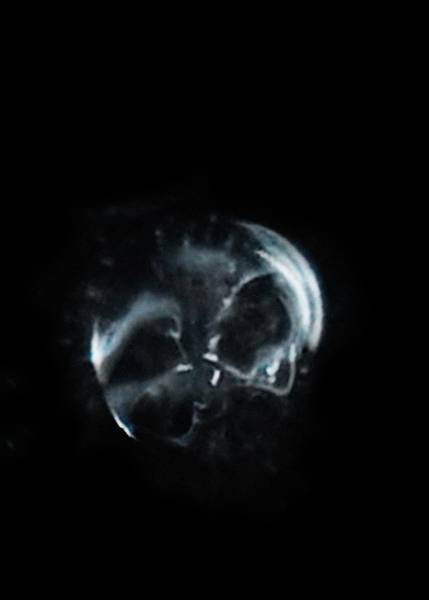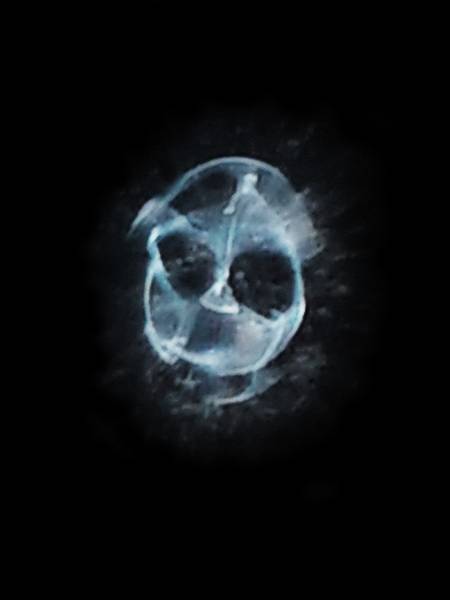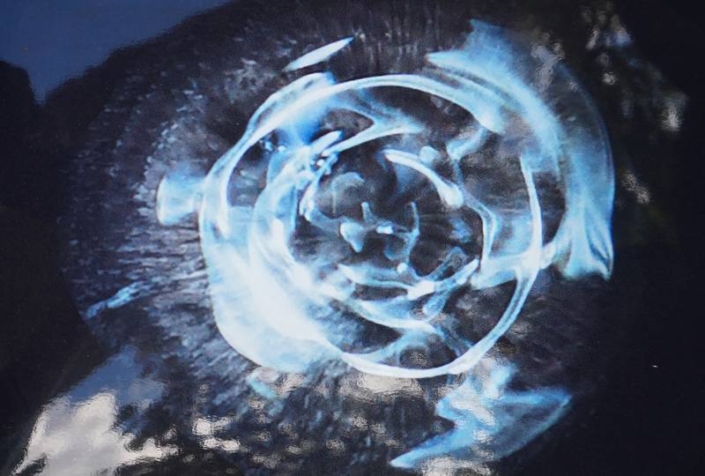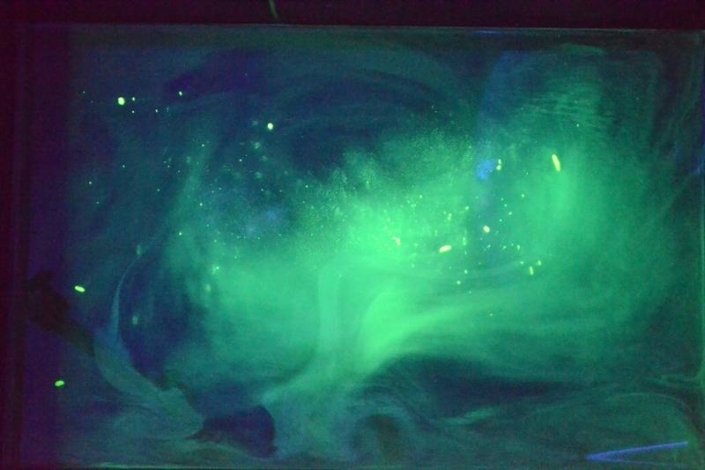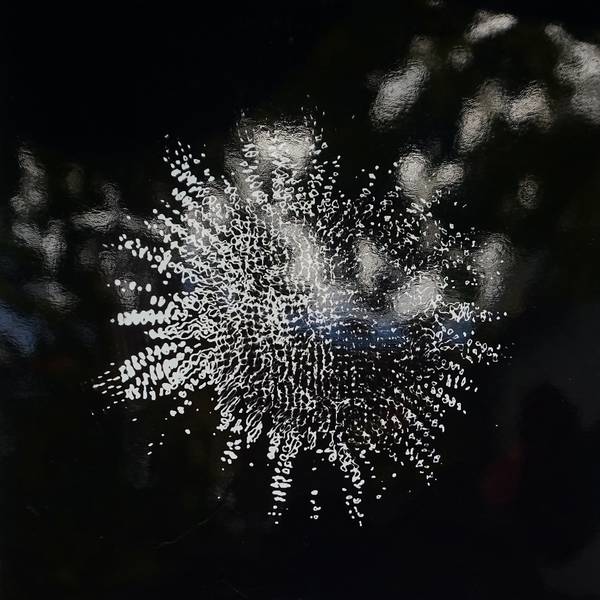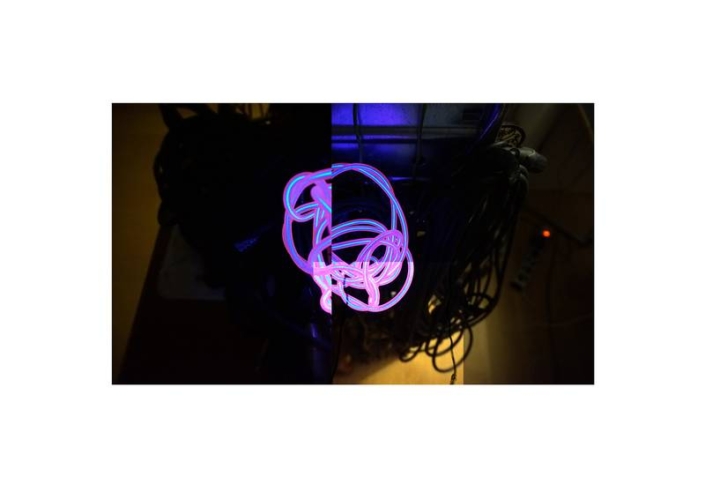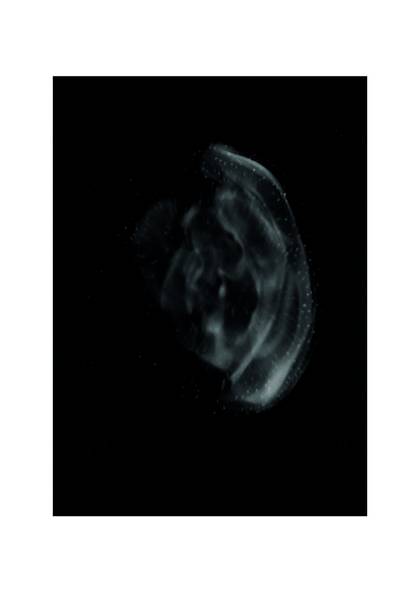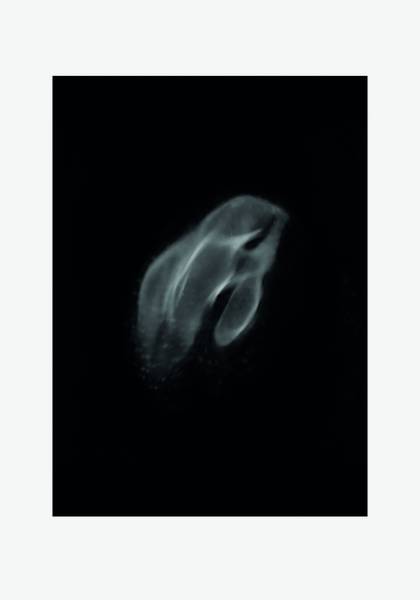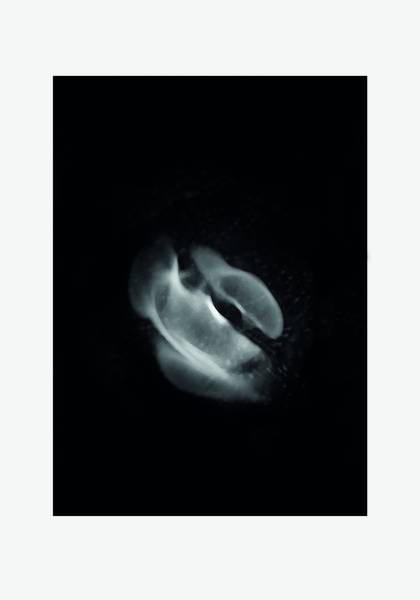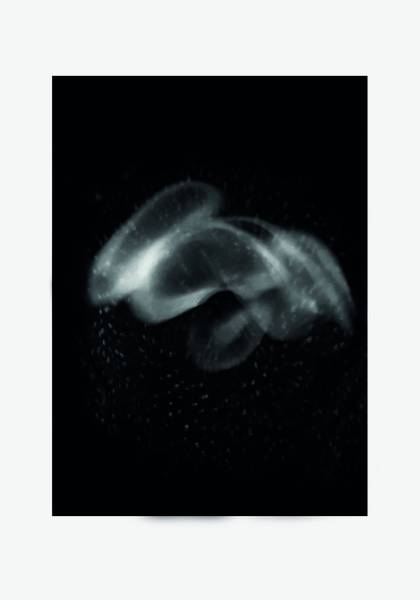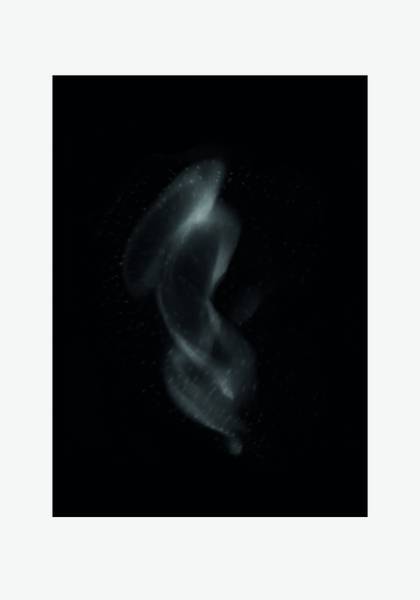Laurent Schmid ‹BELAUSCHTE DIALOGE›
27.10.-26.11.2016
From the very beginning Laurent Schmid has always worked at the intersection of art and science. His work irritates with incessant para-scientific coquetries, leading to ambiguous statements. “Truth” mutates into the projection of wishes or expectations and can be interpreted in various ways. It is within this field of tension that he keeps searching for interesting stories, escalating further by weaving in absurd conspiracy theories or mixing malicious truths with lies. The artist puts his basic mistrust in pictures at the centre of his interest.
The new exhibition ‹OVERHEARD DIALOGUES› focuses on two speculative physics theories which have been refuted: On the one hand, there is Johann Wilhelm Ritter’s idea of vibration or oscillation as the basic principle of nature, and Faraday’s assumption of atoms being some kind of knotted vortices in the ether. Both theories represent hypotheses of how to grasp the world. Although not entirely wrong, they are, however, considered rather imprecise. And yet, they have led to some important findings: physicist and mathematician Peter Guthrie Tait, for example, built on Faraday’s theory by classifying the knots, thus giving the mathematical knot theory an early but important impetus. Tait and Kevin, collaborating closely on several occasions, also conducted significant studies into kinematics. And this, finally, closes the circle to Johann Wilhelm Ritter.
During a six-month stay in New York, Laurent Schmid created various groups of works inspired by these scientific theories. One series, for instance, is based on the idea of oscillation as nature’s basic principle, and thus on light/image and sound representing the same phenomenon (although using different frequencies). To visualise this theory, Schmid used sound to vibrate plates covered with sand, causing the sand to create geometric patterns. Or he edited a radio telescope recording from New Mexico in a way that caused liquids such as brandy to vibrate.
A second series consists of neon works that refer to P.G. Tait’s knot theory and knot classification system, respectively. Their design relies on the assumption that knotted ether vortices are the basis of all elements. According to this theory each knot is allocated to one element.
Schmid’s works are the result of playful experimentations conducted in his studio(-cum-laboratory). A lot of it is based on association and some of the processes he immediately exploited semantically. Almost all photographs are based on photographs (i.e. they are photographed photos), rendering evident the complexity of reality; between object, image and reproduction. The artist does so by applying various methods of montage and collage, by using transparent parts and overpainting. Some photographs are printed on clear perspex, the neon knots are varnished in black, purple light flashing through scratches in the surface. Additionally, a sound installation in the exhibition demonstrates the complex scientific theories as well as the works inspired by them.


